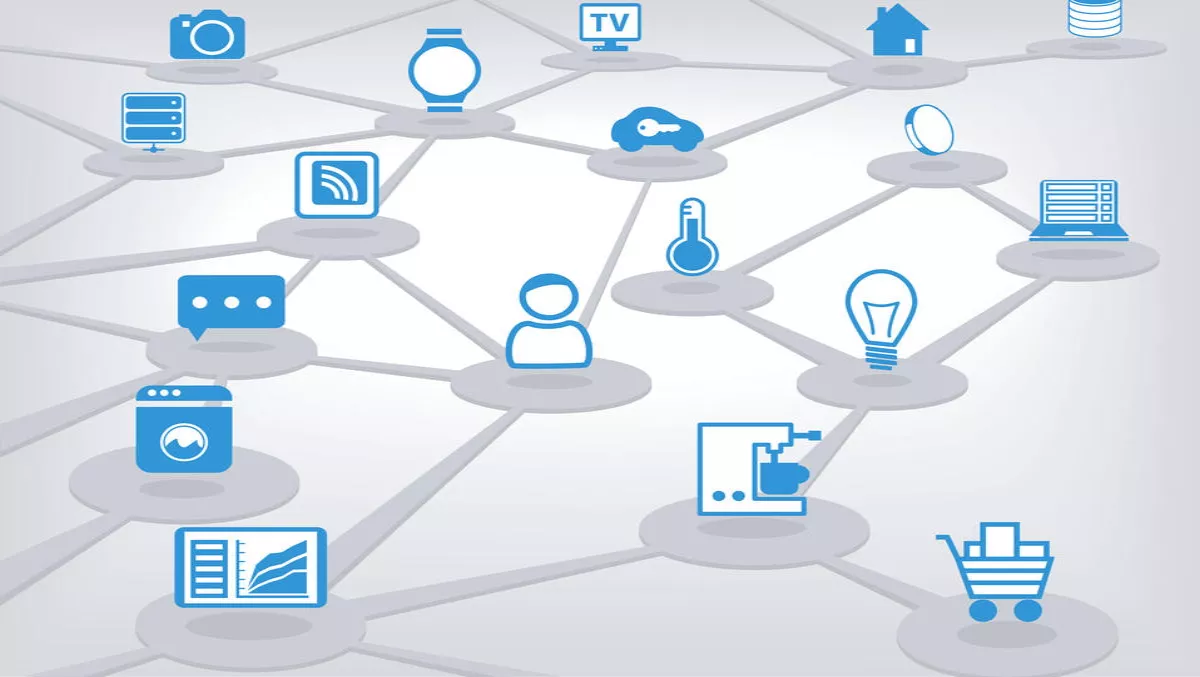
Cisco leads growing WLAN market on the back of rising internet traffic
A rise in internet traffic is driving growth in the global WLAN market, with forecasts predicting growth of more than 10% between 2016 and 2020.
According to research firm Technavio, network operators are upgrading their WLAN networks to keep up with the rising demand for faster internet connectivity. This support of a high volume of data has resulted in increased sales volumes and adoption of WLAN devices across the globe.
Cisco, HP/Aruba, Ruckus, and Ubiquiti are key vendors in the market, accounting for 75% of the total market share.
Rising internet penetration and higher adoption of mobile computing devices are driving the deployment of WLAN solutions globally, caused by the increasing use of mobile computing devices for sending e-mails, watching online video content, sending text messages, and transferring files and documents among users.
High bandwidth applications require high data transfer rate that is possible with Wi-Fi technology. Thus, multiple enterprises including aviation, hospitality, education, government, and retail are deploying WLAN solutions.
In 2015, the market was dominated by the Americas with a market share of almost 48%. The rising number of connected households in this region is expected to propel the growth of the WLAN market in the Americas during the forecast period, Technavio says.
"Constant changes in work locations, time zone barriers, and the need to access official and confidential data anytime and anywhere are prompting organizations to adopt policies such as bring your own device and corporate-owned, personally enabled," explains Sunil Kumar Singh, lead analyst, Hardware - Semiconductor, Technavio Research.
"The increased adoption of BYOD can be accredited to the convenience it brings about for employees. COPE, on the other hand, is becoming more popular among organisations as these devices are issued and sanctioned by organisations, enabling them to secure mobile devices from employees and monitor them," he says.
Singh says the market is currently witnessing an upsurge in the shipment of connected devices. During 2015, the computing devices segment made the largest revenue contribution to the market, accounting for more than 80% of the overall market share.
New Wi-Fi standards such as 802.11ac have emerged to address the need for connecting numerous products such as gateways, home appliances, and entertainment systems for smart homes, sensors, and STBs with a common wireless standard that provides interoperability with the widest range of smart devices.
"The emergence of such next-gen connected devices will fuel the demand for WLAN devices over the next four years," Singh says.


